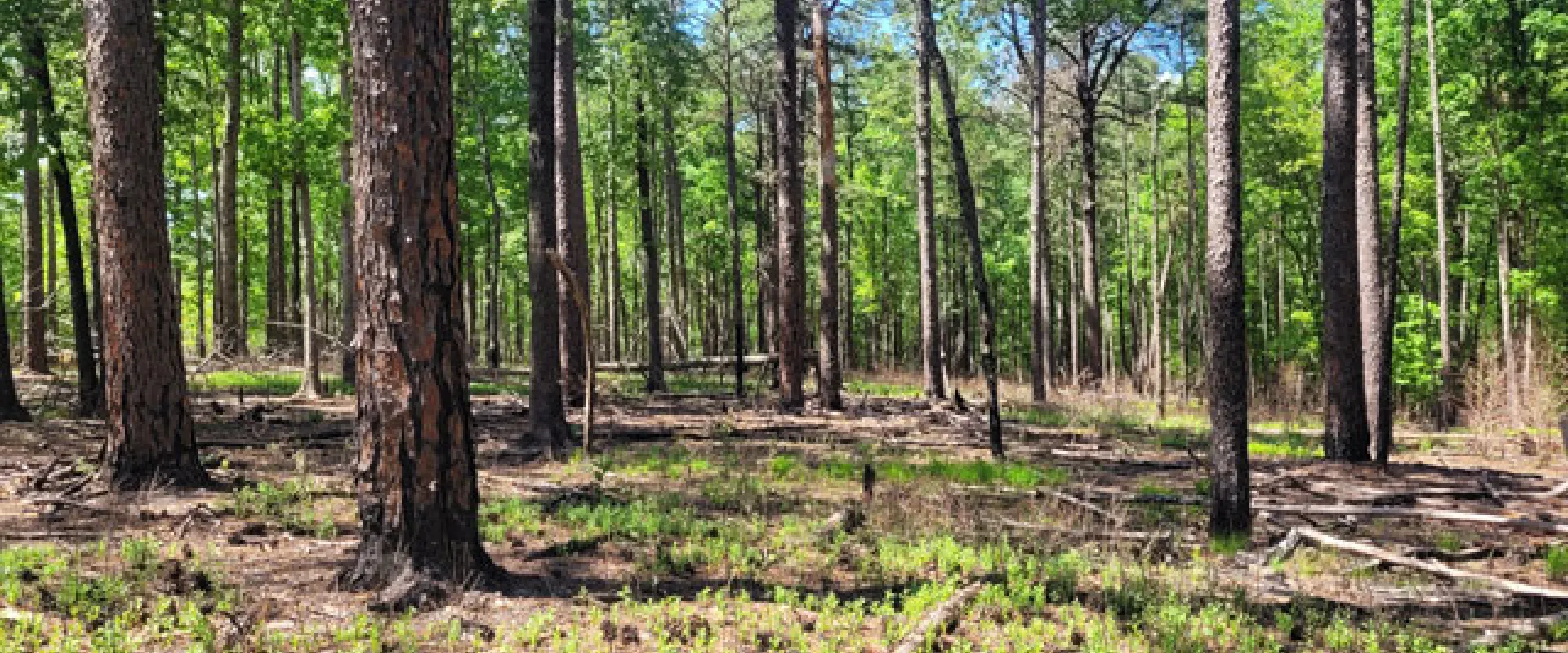Written by Betsy Roznik, Ph.D., Associate Curator of Regional Conservation, North Carolina Zoo
The North Carolina Zoo protects native plants and wildlife by preserving over 2,000 acres of undeveloped land in central North Carolina. This land includes some rare and unique communities, including the Margaret J. Nichols Longleaf Pine Preserve. This 116-acre preserve is the largest remaining known stand of old-growth Piedmont longleaf pine in North Carolina. The longleaf pine ecosystem was once one of the dominant forest ecosystems in the southeastern United States, but less than 2% of the original forest remains today. Urban development, forestry practices, and fire suppression have contributed to the decline of this ecosystem.
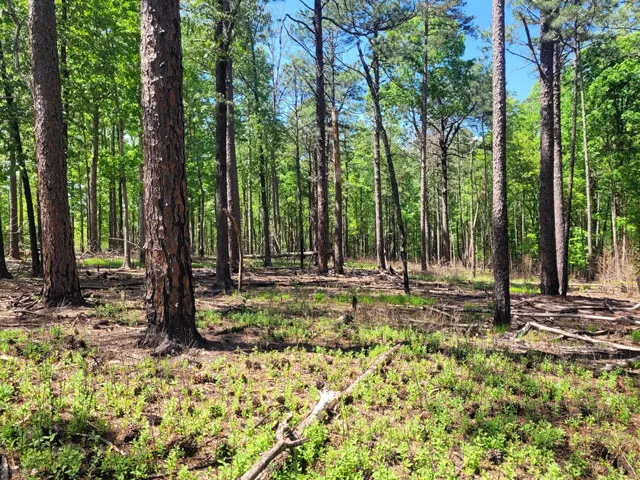
The Nichols Longleaf Pine Preserve is the largest remaining known stand of old-growth Piedmont longleaf pine in North Carolina.
The Nichols Preserve is considered an old-growth forest, containing some trees that are more than 200 years old. The oldest trees bear scars from turpentine harvesting in the early 1900s when tar and resin collected from the trees were used on naval ships. The Nichols Preserve is named for the previous owner, Margaret Nichols, who lived there her whole life. She was a naturalist who protected the longleaf pines because she loved them and understood their importance to wildlife. The North Carolina Zoo and Three Rivers Land Trust now jointly manage the Nichols Preserve and are committed to continuing Margaret Nichols’ legacy in protecting the longleaf pine community on this property.
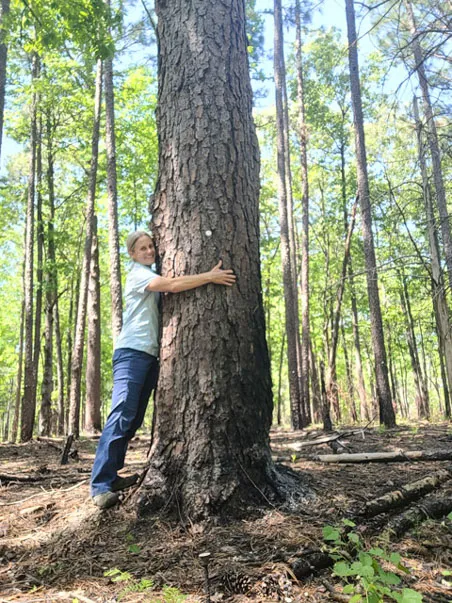
The Nichols Preserve is an old-growth forest with some longleaf pines that are more than 200 years old.
A healthy longleaf pine forest is characterized by widely spaced longleaf pines towering over a ground layer dominated by grasses and herbaceous plants. Longleaf pine communities depend on frequent, low-intensity surface fires to maintain this structure. Fire controls the growth of woody vegetation and stimulates the growth, flowering, and seed production of many fire-adapted plants. This contributes to the high plant diversity in the longleaf pine community, which is among the highest in the world. Historically, fires were ignited by lightning strikes, but today, prescribed burns mimic this natural process.
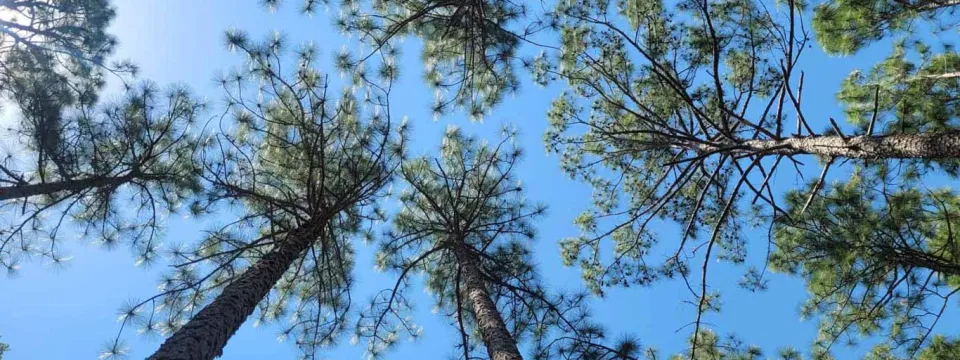
Pictured Above: Longleaf pine forests are characterized by widely spaced longleaf pines towering over a ground layer dominated by grasses and herbaceous plants.
Our goal is to protect and restore the longleaf pine ecosystem on the Nichols Preserve. Due to many years without fire, the community has become degraded, and careful management is required to restore it to its natural state. The first step of the restoration process is to reintroduce fire to the site. After several prescribed burns, each spaced two or three years apart, the habitat is starting to return to its natural structure and composition. We are also controlling invasive plants on the property and removing hardwood trees that have become established in the absence of fire. These management activities will reinstate the longleaf pine as the dominant tree and stimulate a vigorous and diverse ground layer.
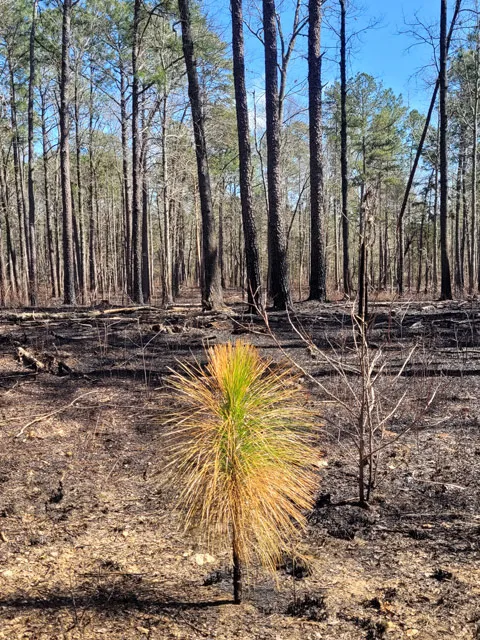
Longleaf pines are adapted to fire. Seeds germinate best on mineral soil, and trees, like this sapling, are very resistant to fire damage.
In addition to supporting a diverse plant community, longleaf pine forests also provide excellent habitats for many wildlife species. As the Nichols Preserve transitions from a mixed pine-hardwood forest to open woodland, there will be a shift towards wildlife species adapted to this habitat, such as fox squirrels, brown-headed nuthatches, Kentucky warblers. Including songbirds that require groundcover, such as eastern bluebirds, indigo buntings, common yellowthroats, and a diversity of wintering sparrows. The open canopy and abundant groundcover associated with longleaf pine forests will also increase habitat quality for many reptiles, including the eastern fence lizard and declining timber rattlesnake.

As the longleaf pine community is restored, habitat quality will improve for many wildlife species, including eastern fence lizards and other reptiles.
The Nichols Preserve is used for research, education, and recreation. Zoo biologists conduct regular plant and wildlife surveys to learn more about the species present and monitor changes in populations as the restoration proceeds. Educational programs at the site provide opportunities to experience and learn more about longleaf pine forests. When complete, a new hiking trail system will allow users to explore the property's highlights, including the largest known tree on the property, former turpentine trees, a stand of 200-year-old trees, and a meandering creek.
